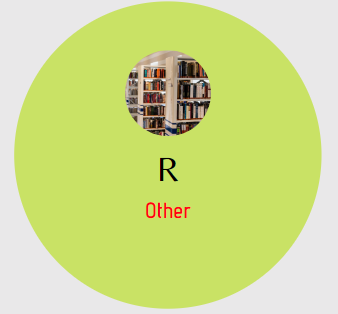[Source: PLOS One, full page: (LINK). Abstract, edited.]
OPEN ACCESS | PEER-REVIEWED | RESEARCH ARTICLE
Covert cases of Severe Acute Respiratory Syndrome Coronavirus 2: An obscure but present danger in regions endemic for Dengue and Chikungunya viruses
Lorenzzo Lyrio Stringari , Michel Norbim de Souza , Nésio Fernandes de Medeiros Junior, Jaqueline Pegoretti Goulart, Camila Giuberti, Reynaldo Dietze, Rodrigo Ribeiro-Rodrigues
Published: January 6, 2021 | DOI: https://doi.org/10.1371/journal.pone.0244937
Abstract
Background
The impact of SARS-CoV-2 in regions endemic for both Dengue and Chikungunya is still not fully understood. Considering that symptoms/clinical features displayed during Dengue, Chikungunya and SARS-CoV-2 acute infections are similar, undiagnosed cases of SARS-CoV-2 in co-endemic areas may be more prevalent than expected. This study was conducted to assess the prevalence of covert cases of SARS-CoV-2 among samples from patients with clinical symptoms compatible with either Dengue or Chikungunya viral infection in the state of Espírito Santo, Brazil.
Methods
Presence of immunoglobulin G (IgG) antibody specific to SARS-CoV-2 nucleoprotein was detected using a chemiluminescent microparticle immunoassay in samples from 7,370 patients, without previous history of COVID-19 diagnosis, suspected of having either Dengue (n = 1,700) or Chikungunya (n = 7,349) from December 1st, 2019 to June 30th, 2020.
Findings
Covert cases of SARS-CoV-2 were detected in 210 (2.85%) out of the 7,370 serum samples tested. The earliest undiagnosed missed case of COVID-19 dated back to a sample collected on December 18, 2019, also positive for Dengue Virus. Cross-reactivity with either Dengue virus or other common coronaviruses were not observed.
Interpretation
Our findings demonstrate that concomitant Dengue or Chikungunya outbreaks may difficult the diagnosis of SARS-CoV-2 infections. To our knowledge, this is the first study to demonstrate, with a robust sample size (n = 7,370) and using highly specific and sensitive chemiluminescent microparticle immunoassay method, that covert SARS-CoV-2 infections are more frequent than previously expected in Dengue and Chikungunya hyperendemic regions. Moreover, our results suggest that SAR-CoV-2 cases were occurring prior to February, 2020, and that these undiagnosed missed cases may have contributed to the fast expansion of SARS-CoV-2 outbreak in Brazil. Data presented here demonstrate that in arboviral endemic regions, SARS-CoV-2 infection must be always considered, regardless of the existence of a previous positive diagnosis for Dengue or Chikungunya.
Citation: Stringari LL, de Souza MN, de Medeiros Junior NF, Goulart JP, Giuberti C, Dietze R, et al. (2021) Covert cases of Severe Acute Respiratory Syndrome Coronavirus 2: An obscure but present danger in regions endemic for Dengue and Chikungunya viruses. PLoS ONE 16(1): e0244937. https://doi.org/10.1371/journal.pone.0244937
Editor: Francesco Di Gennaro, National Institute for Infectious Diseases Lazzaro Spallanzani-IRCCS, ITALY
Received: December 1, 2020; Accepted: December 20, 2020; Published: January 6, 2021
Copyright: © 2021 Stringari et al. This is an open access article distributed under the terms of the Creative Commons Attribution License, which permits unrestricted use, distribution, and reproduction in any medium, provided the original author and source are credited.
Data Availability: All relevant data are within the manuscript.
Funding: This work was supported by the Brazilian Ministry of Health and by the Espirito Santo State Government.
Competing interests: The authors have declared that no competing interests exist.
–
Keywords: SARS-CoV-2; COVID-19; Serology; Dengue fever; Chikungunya; Brazil.
——








You must be logged in to post a comment.